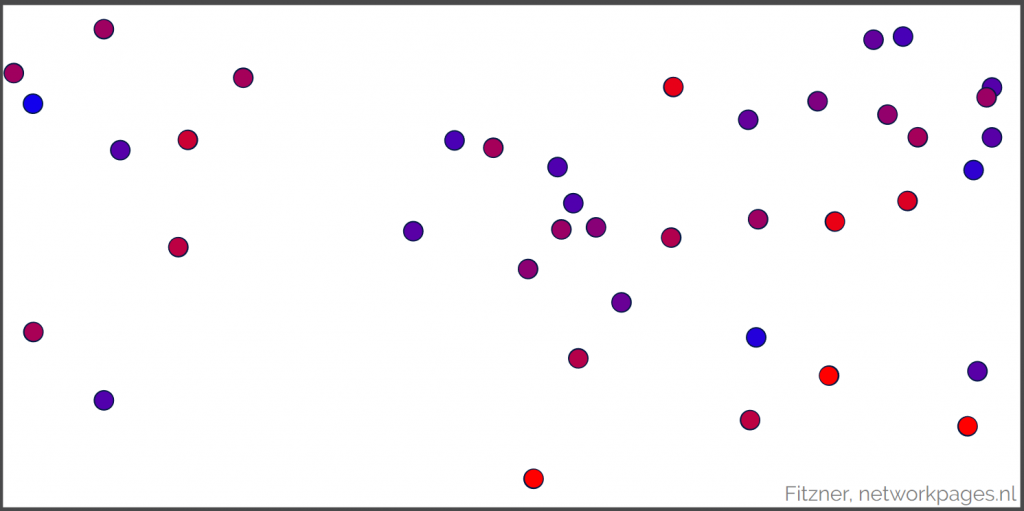Sharing lodgings in Berkeley (part 2)

Living in a "fraternity house" as a researcher? It is possible! Frank den Hollander writes about living together with Remco Van Der Hofstad and Shankar Bhamidi during the Probability and Statistics of Discrete Structures program at SLMath.
ICTS-NETWORKS workshop: A Confluence of Ideas

In the vibrant city of Bangalore, India, the International Centre for Theoretical Sciences (ICTS) played host to a discussion meeting titled "Challenges in Networks" from January 29 to February 2, 2024.
Synchronization in the body-clock
The body-clock, which is a cluster of neurons in the brain, has the same structure in all mammals, which is remarkable. It consists of two groups: two-communities of neurons that are strongly linked within each community and less strongly linked between the communities.
Complex networks

Have you ever wondered what mathematicians mean when they talk about mathematical models of real-life phenomena? And what can such a model tell us about the network-phenomenon we are studying?
Statistical physics

Interacting particle systems Statistical physics aims at describing collective behaviour in systems consisting of a very large number of interacting particles (= atoms or molecules). This is a daunting task: a glass of water or a piece of iron can easily contain 100.000.000.000.000.000.000.000 particles. Still, the hope is that the macroscopic properties of these particles […]
